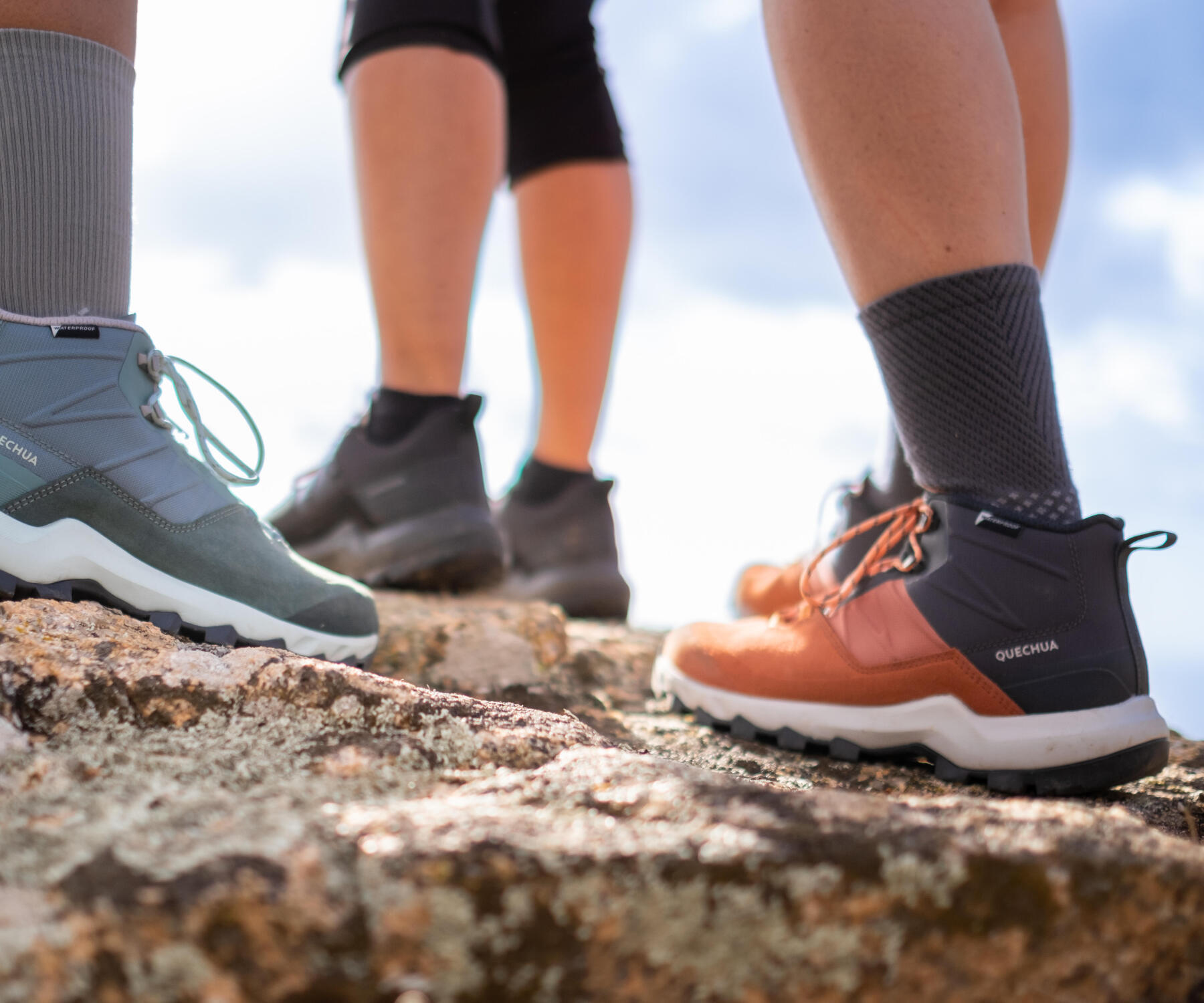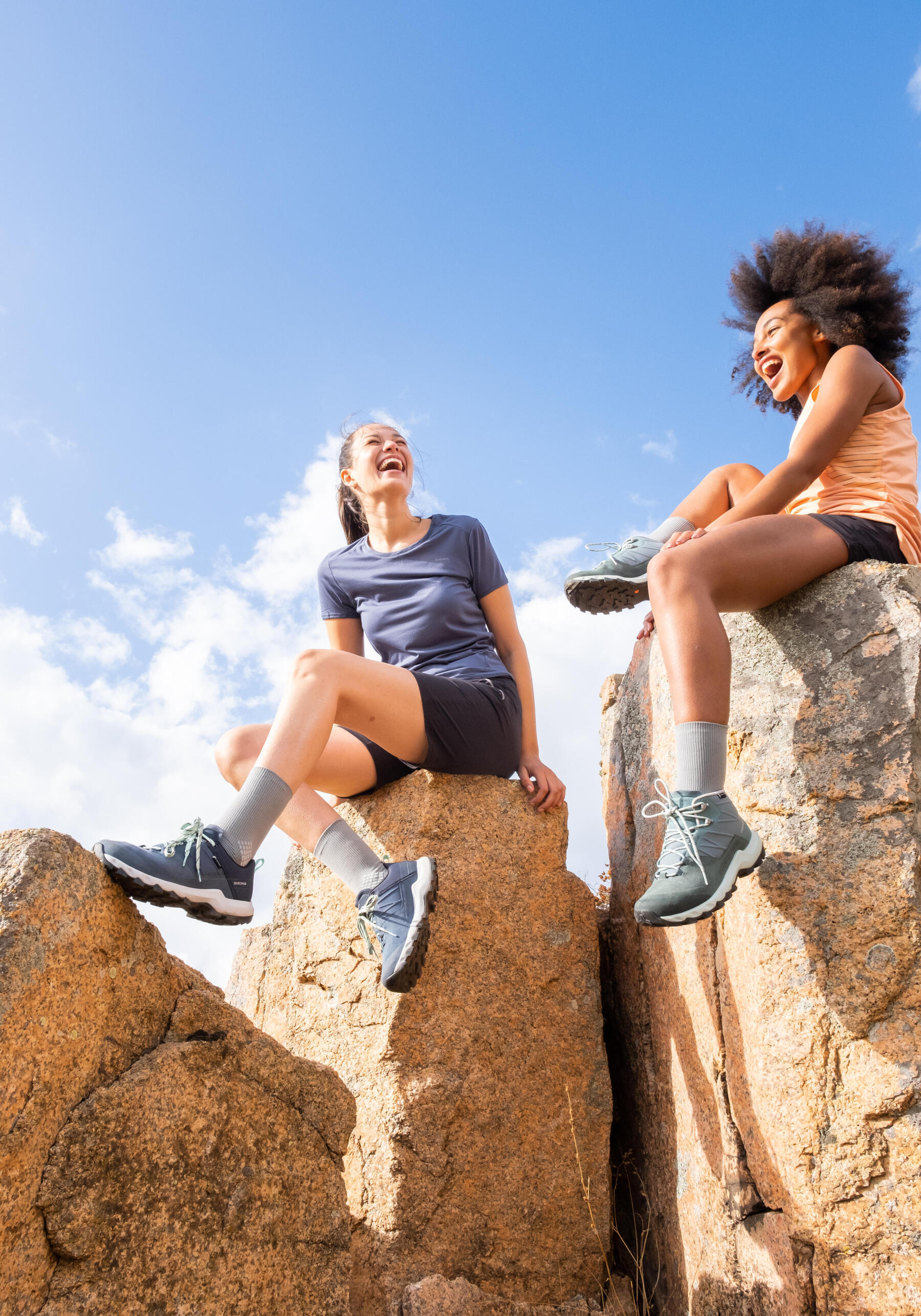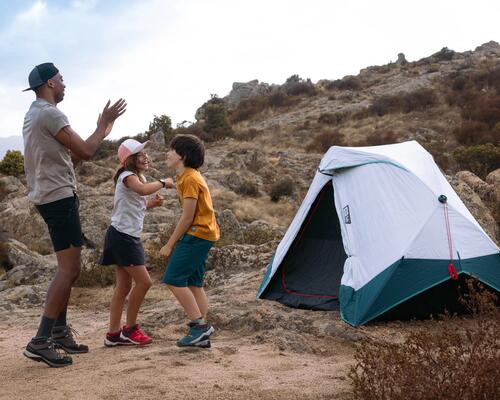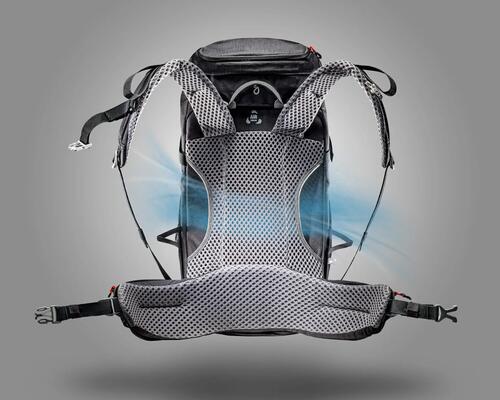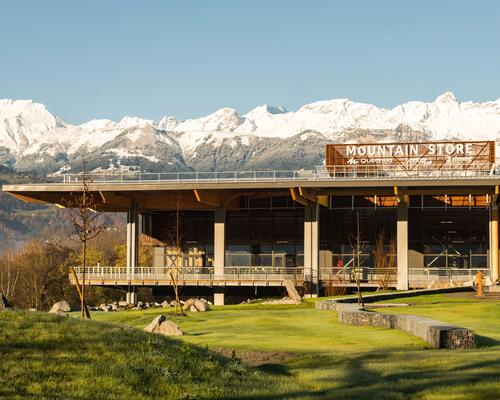How do we test our shoes?
At the Sporstlab in Lille, we conduct laboratory tests, which give us a grip score, using a plateau with snow and water. Our teams combine these data with traction tests, which are conducted using 3D simulations in extreme situations, on soft ground (mud) which is the most "slippery" that you can encounter. You can then space out the lugs more, in the knowledge that a lower density of lugs (total number of lugs on the sole) will also reduce grip.
This is the field test which can then be used to optimise the balance between the two criteria. All our shoes are tested during hikes of varying lengths to validate the durability and the compliance with the restrictions.


